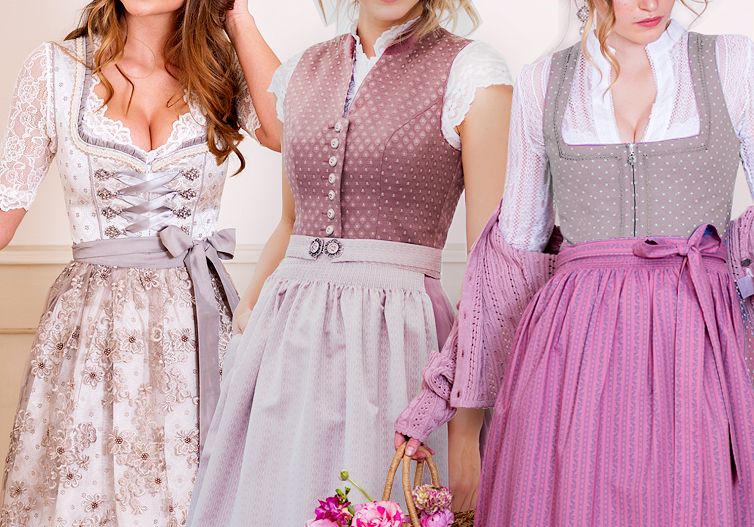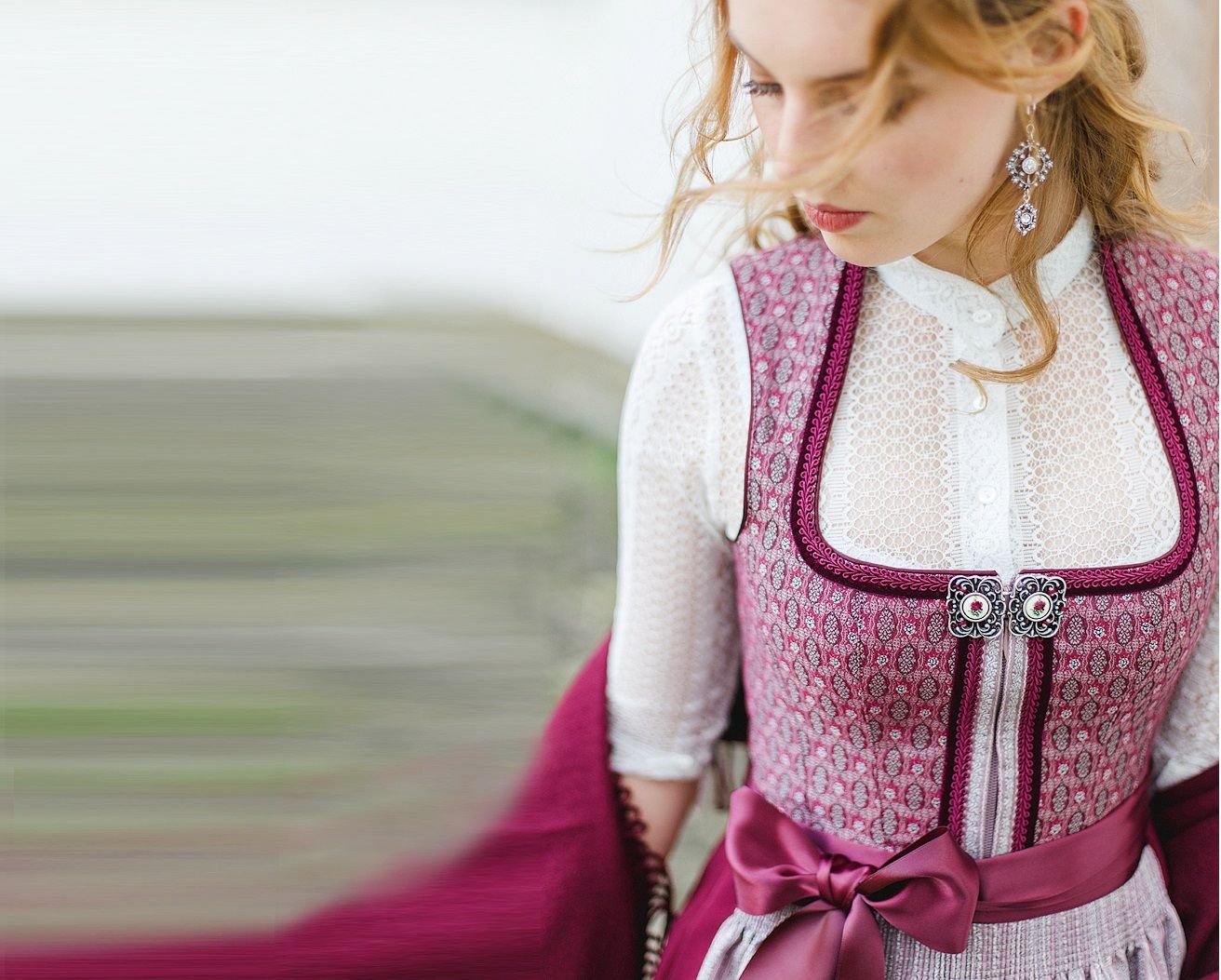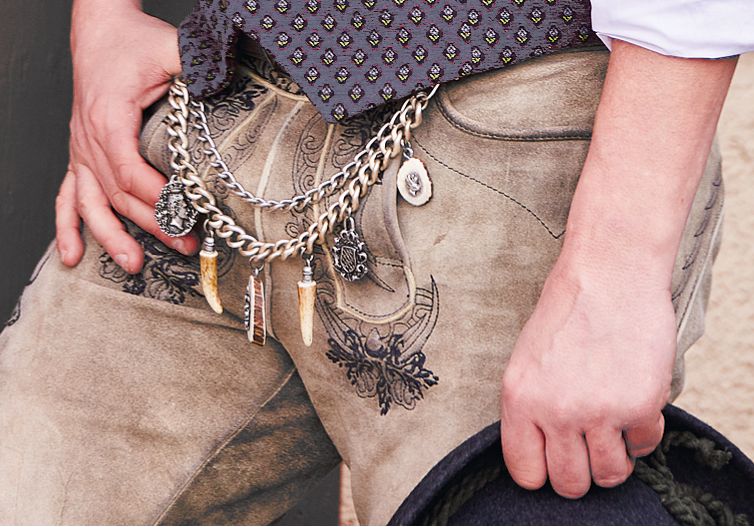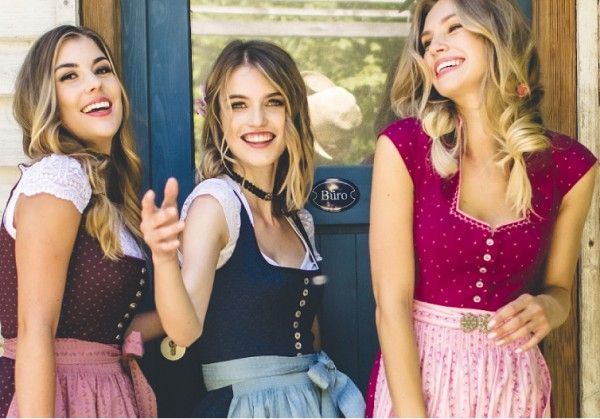Trachten fashion through the ages
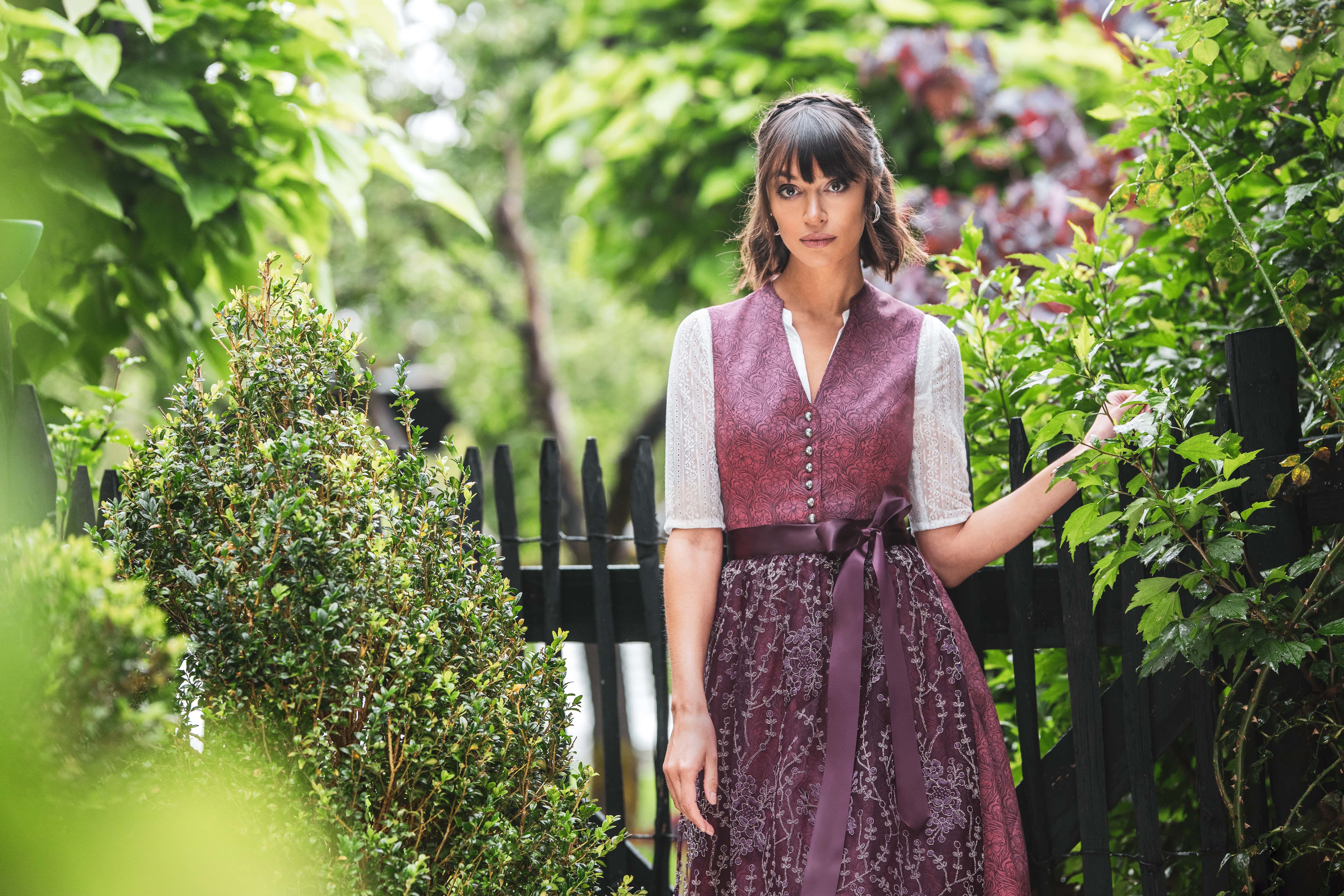
Trachten fashion has a long and dynamic history. Over the years, it has evolved and reinvented itself while staying true to its roots. Today, Bavarian Tracht is more than just clothing—it is a symbol of tradition, culture, and regional pride. But how has Trachten fashion changed over time? In this blog post, we take you on a journey through the fascinating history of Tracht and explore how it has transformed from its origins to modern interpretations.
The Origins of Bavarian Tracht
The origins of Bavarian Tracht date back to the Middle Ages. At that time, clothing was strongly influenced by the region and social class. Originally, Trachten were simple work clothes for farmers and craftsmen who preferred practical and durable materials. Over time, however, regional differences emerged, along with special festive garments that were richly decorated with intricate embroidery and embellishments.
Bavarian Tracht in the 19th Century
The 19th century marked a turning point in the history of Tracht. With the rise of Romanticism and growing national pride in Bavaria, Tracht became a symbol of Bavarian identity. King Ludwig II played a significant role in this movement, as he actively promoted traditional clothing and was often seen wearing Tracht himself.
The Evolution of Bavarian Tracht: Tradition Meets Modernity
Trachten fashion has a long and dynamic history, continuously evolving while remaining true to its roots. Today, Bavarian Tracht is more than just clothing—it is a symbol of tradition, culture, and regional pride. But how has Trachten fashion changed over the years? In this blog post, we take you on a journey through its fascinating history, from its origins to modern interpretations.
The 19th Century: The Rise of Bavarian Tracht
During this period, many of the distinctive features we associate with Bavarian Tracht today began to emerge: intricate embroidery, decorative hats, and the iconic dirndl and lederhosen. This era also saw the founding of numerous Trachten associations dedicated to preserving and promoting traditional clothing.
The 20th Century: Modernization and the Evolution of Trachten Fashion
At the turn of the 20th century, Trachten fashion underwent further transformations. The Industrial Revolution and urbanization introduced new fabrics and tailoring techniques. While Tracht remained part of everyday wear in rural areas, it evolved into a more festive and special attire in cities, worn primarily during traditional events such as Oktoberfest.
In the 1960s and 1970s, Tracht experienced a renaissance. The hippie movement and a renewed appreciation for tradition and folklore led to a resurgence in popularity. Suddenly, Bavarian Tracht was fashionable beyond Bavaria and even gained international recognition.
Bavarian Tracht: From Lederhosen to Dirndl
Bavarian Tracht is diverse, offering a wide range of styles for every preference. Lederhosen are a staple of men’s traditional attire, known for their durability and comfort. Traditionally made from deerskin, they often feature elaborate embroidery.
The dirndl is the feminine counterpart, beloved not only at folk festivals but also for everyday wear and special occasions. Dirndls come in many styles, ranging from simple and elegant to vibrant and festive. Made from cotton, linen, or silk, they often feature charming details such as ruffles, decorative trims, and embroidery.
Children’s Tracht is also widely available, designed to be comfortable and allow for unrestricted movement.
The Importance of Accessories
Accessories play a crucial role in Bavarian Trachten fashion, completing and enhancing the authenticity of an outfit. Hats, Charivari, scarves, and jewelry such as Trachten necklaces are not just decorative elements—they also express regional identity and cultural pride. The Charivari, a silver chain often worn with lederhosen, serves as a status symbol and may feature family heirlooms or hunting trophies. Scarves and shawls add pops of color while providing protection against the elements. These accessories give each Trachten outfit a unique touch and reflect the cultural diversity of Bavaria.
Bavarian Tracht Today
Today, Tracht is an integral part of Bavarian culture, especially at festivals like Oktoberfest. It has evolved into a fashion statement that seamlessly blends tradition with modernity. Leading designers continue to reinterpret Tracht, introducing new collections each year that combine classic elements with contemporary cuts and fabrics.
Tracht has also gained popularity among younger generations. Young people proudly wear dirndls and lederhosen, merging their regional heritage with a modern lifestyle. The fusion of tradition and contemporary fashion is what makes Bavarian Tracht so special.
At MOSER Trachten, you’ll find a wide selection of women’s Tracht, men’s Tracht, and children’s Tracht. Our collections combine traditional craftsmanship with modern designs, offering the perfect outfit for any occasion. Get inspired and find your ideal Trachten look!


